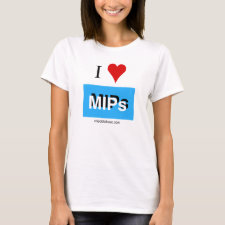
Authors: Chow ALJ, Bhawani S
Article Title: Synthesis and Characterization of Molecular Imprinting Polymer Microspheres of Cinnamic: Extraction of Cinnamic Acid from Spiked Blood Plasma.
Publication date: 2016
Journal: International Journal of Polymer Science
Volume: 2016
Page numbers: ArticleID2418915.
DOI: 10.1155/2016/2418915
Alternative URL: https://www.hindawi.com/journals/ijps/2016/2418915/
Abstract: The molecular imprinting technique is used to create the molecularly imprinted polymers (MIPs) with higher binding capacity towards the template. In this research precipitation polymerization method with non-covalent approach was used to synthesize imprinted polymer microspheres. The polymerization reaction was conducted in a flask containing acetonitrile as a porogen, cinnamic acid as a template (T), acrylic acid (AA) as a monomer, divinylbenzene (DVB) as a cross-linker and azobisisobutyronitrile as an initiator. The polymer particles were characterized by using SEM and FTIR. The rebinding efficiency was conducted by batch binding assay and the results were monitored by using HPLC. The batch binding results suggested MIP1 (T: AA: DVB, 1: 6: 20 molar ratio) is most suitable compostion for the rebinding of cinnamic acid. The highly selective polymer (MIP1) was used for the extraction of cinnamic acid from human plasma. The extraction efficiency of imprinted polymer of cinnamic acid from spiked plasma was above 75%.
Template and target information: cinnamic acid
Author keywords: molecular imprinting polymers, cinnamic acid, acrylic acid, divinylbenzene



Join the Society for Molecular Imprinting

New items RSS feed
Sign-up for e-mail updates:
Choose between receiving an occasional newsletter or more frequent e-mail alerts.
Click here to go to the sign-up page.
Is your name elemental or peptidic? Enter your name and find out by clicking either of the buttons below!
Other products you may like:
 MIPdatabase
MIPdatabase









